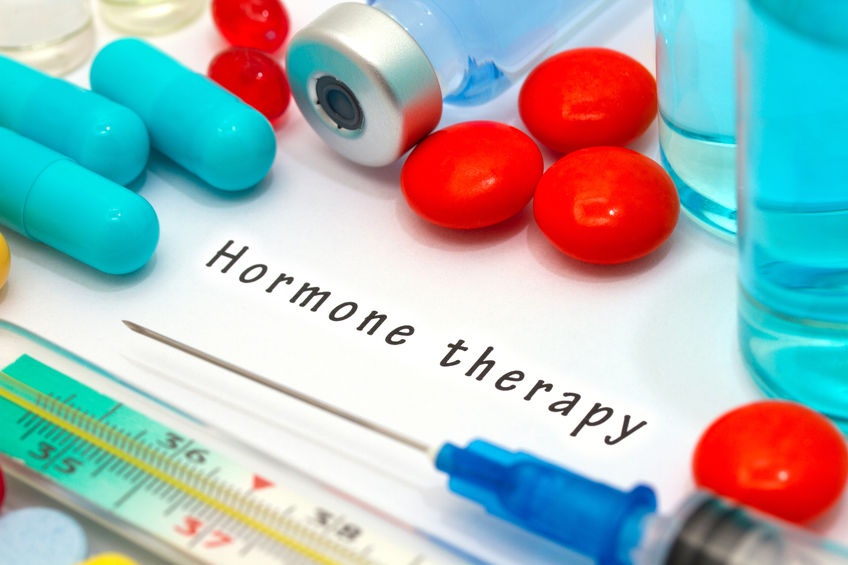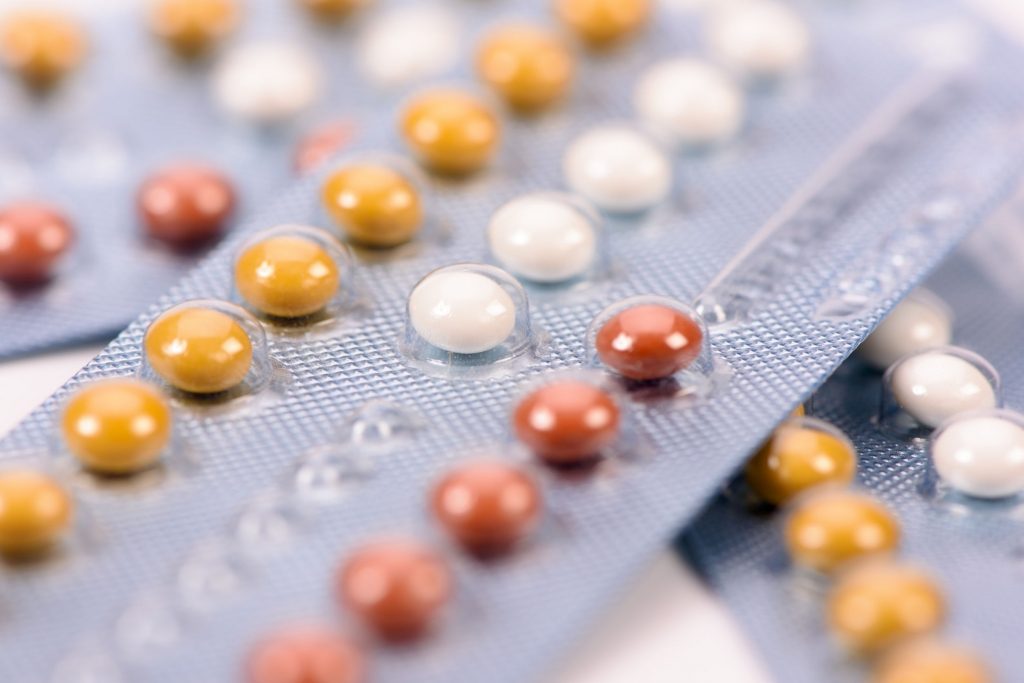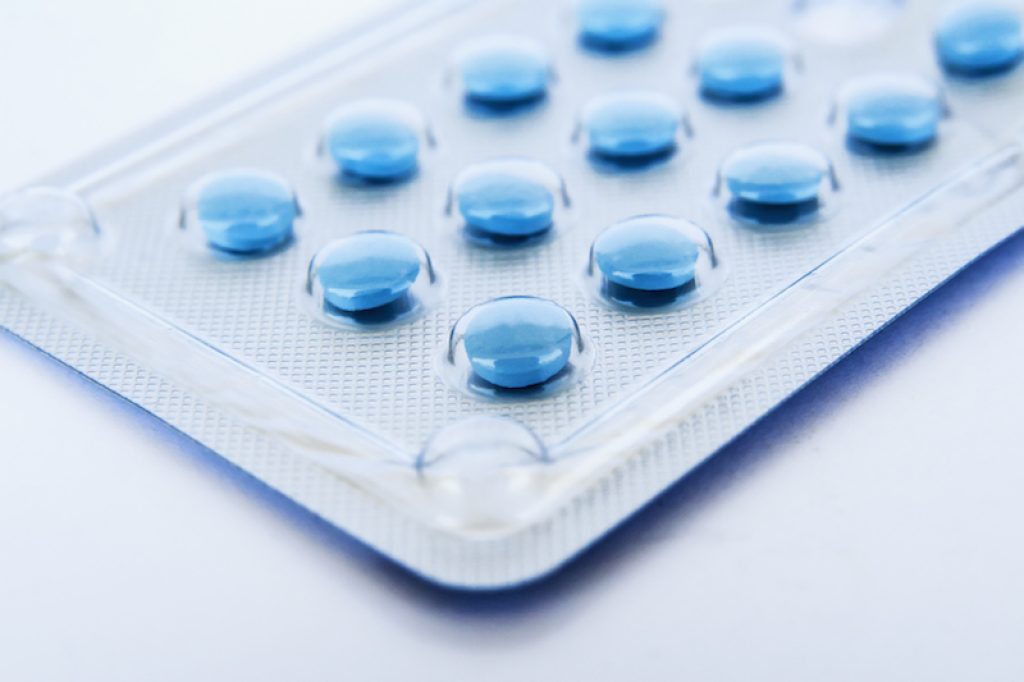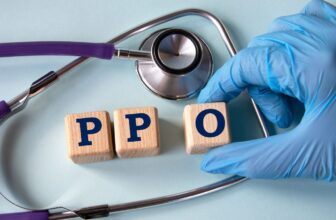
In recent years we have witnessed a proliferation of news and contradictory study results on the benefit-risk balance of hormone replacement therapy as an option for the treatment and prevention of some of the problems associated with menopause. This article analyzes the background of these controversies based on rigorous analysis of updated scientific information on the matter.
The end of a woman’s reproductive life is called perimenopause or climacteric. Menopause is defined as the permanent cessation of menses, resulting from the loss of ovarian follicular activity that culminates with the last period and usually takes place around the age of 50. Perimenopause is the period immediately before menopause when the endocrinological, biological, and clinical manifestations indicative of approaching menopause begin. Finally, established postmenopause is the period beginning after menopause, although this point in time cannot be determined until twelve months of spontaneous amenorrhea have been observed.
Premenopausal disorders usually last two to three years before the total disappearance of menses and are characterized by the symptoms of hormonal deficiency that manifest clinically as menstrual alterations (amenorrheic spells and/or bleeding), and by disorders vasomotor (hot flashes and profuse sweating for no apparent reason). In extreme cases, along with the above symptoms, there may be signs of urogenital atrophy, which significantly increase the woman’s discomfort both in her personal life and in her relationship. It also takes place, the beginning of the loss of bone mass and cardiovascular alterations.
Despite the setback that seems to have occurred in the last five years in the popularity of hormone replacement therapy for menopausal women, there is no doubt among experts about the efficacy and superiority of estrogens as the treatment of choice for associated symptoms. The benefit-risk balance of hormone replacement therapy (HRT) continues to be favorable for the treatment of climacteric symptoms. You can visit bywinona.com to get more info about this therapy.
The concern and uncertainty created at a scientific and social level about hormone therapy had its origin in the inadequate handling of the information obtained from some studies, and the subsequent publications only generated controversy, although they gradually stimulated the study of the multiple factors that affect the physiological state of women in menopause. For this reason, “guiding women on the options they have to manage symptoms and improve their quality of life in the menopausal stage is today a priority.
Table of Contents
Combination therapy (estrogens plus progestins)
The addition of progestogens to estrogen hormone therapy is intended to prevent hyperstimulation of the endometrium. In women with predominant androgenic effects (hirsutism, facial hair, deep voice, androgenic predistribution of body fat), progestogens with anti androgenic activity, such as cyproterone, dienogest, or nomegestrol, are used.
There are two modalities of combination therapy:
Continuous combined pattern. The combination of estrogen and progestin is used permanently without any rest period. This therapy is used when one or two years have passed since the last period and, in general, for women who do not want to have to bleed again. Cyclic or sequential combined pattern. Estrogen is given only during the first phase of the cycle, and progestin is added during the second phase. Once the cycle is complete, there is a break of about five days, during which menstrual bleeding usually takes place.
With the combined cyclic regimen, the pattern of the ovarian hormonal secretion is reproduced and the frequency of bleeding ranges between 70-80%. The bleeding is generally shorter in duration and less heavy than menstruation. With the continuous combined regimen, it is estimated that bleeding occurs in 30-40% of women treated during the first months. After 3-6 months, the bleeding will disappear until reaching amenorrhea in 75-90% of cases.
Combination therapy is indicated in the following situations: when menopause occurs before the age of 45; in premenopausal women and up to one or two years after the last menstrual period. Combined estrogen and progesterone hormone therapy may improve some aspects of quality of life in late menopausal women with or without classic vasomotor menopausal symptoms. It has also been shown that this therapy improves sleep functionality and sexual desire.
There are two treatment schemes with HRT: estrogen only, exclusively for hysterectomized women in whom there is no risk of endometrial cancer, and combined estrogen plus progestin therapy. The most common routes of administration are oral, percutaneous, transdermal, and intravaginal. The last three have the advantage of avoiding the hepatic first-pass effect, so they are indicated when there is a hepatobiliary disease, elevated triglycerides, and hypertension, as well as in women treated with drugs that are enzyme inducers.
Plasma estrogen concentrations are lower with intravaginal preparations than with equivalent oral preparations. They are indicated in women with predominant urogenital symptoms who do not need systemic treatment or who have this route contraindicated. Hormone therapy has benefits for connective tissue, skin, joints, and intervertebral discs. Here are some common hormones used in HRT:
Estrogens

Source: consumer.healthday.com
Estrogens are used in HRT to palliate vasomotor symptoms and vaginal atrophy. However, psychological disorders do not have an important effect. If the predominant picture is vaginal atrophy, short treatments of a vaginal preparation are used, and if necessary, said treatment can be repeated. If vasomotor symptoms are present, the oral or transdermal route is used. Estrogens are also indicated for the prevention and treatment of osteoporosis. Estriol is a short-acting estrogen that does not cause endometrial changes as long as it is administered in undivided daily doses. The efficacy of the different forms available (tablets, suppositories, and cream) is similar. Estradiol is administered as valerianate, 17β-estradiol, or estradiol hemihydrate by oral, parenteral, dermal, or vaginal routes. The transdermal route in the form of patches is one of the most used.
Progestogens

Source: abdn.ac.uk
Progestogens have been shown to reduce hot flashes both in frequency and intensity, their main drawback being the induction of vaginal bleeding. Progestogen-only hormone therapy has been used to relieve vasomotor symptoms in obese women since they have high concentrations of free estrogens originating from peripheral fat. The progestogens used in HRT are the following:
– Oral or vaginal micronized progesterone.
– Progesterone derivatives: medroxyprogesterone acetate, dydrogesterone and medrogestone.
Tibolone

Source: menopausefacts.org
It is a synthetic steroid derived from norethisterone that acts as a gonadomimetic. It is given on a continuous schedule. Tibolone has been shown to significantly reduce hot flashes and night sweats, improve vaginal symptoms (dryness and dyspareunia) and libido, increase bone mass (2.5% in the spine and 3.5% in the neck of the femur after two years of treatment), it reduces HDL cholesterol and does not modify LDL. Its use is not recommended in the medium or long term due to an increased risk of breast cancer.
Whether or not to continue treatment should be a decision of the woman being treated and the physician knowledgeable about hormone therapy, depending on the specific goals and an objective estimate of benefits and risks. The dose should be the lowest effective dose. Lower doses of hormone therapy have been used and can maintain the quality of life in a large proportion of women.







